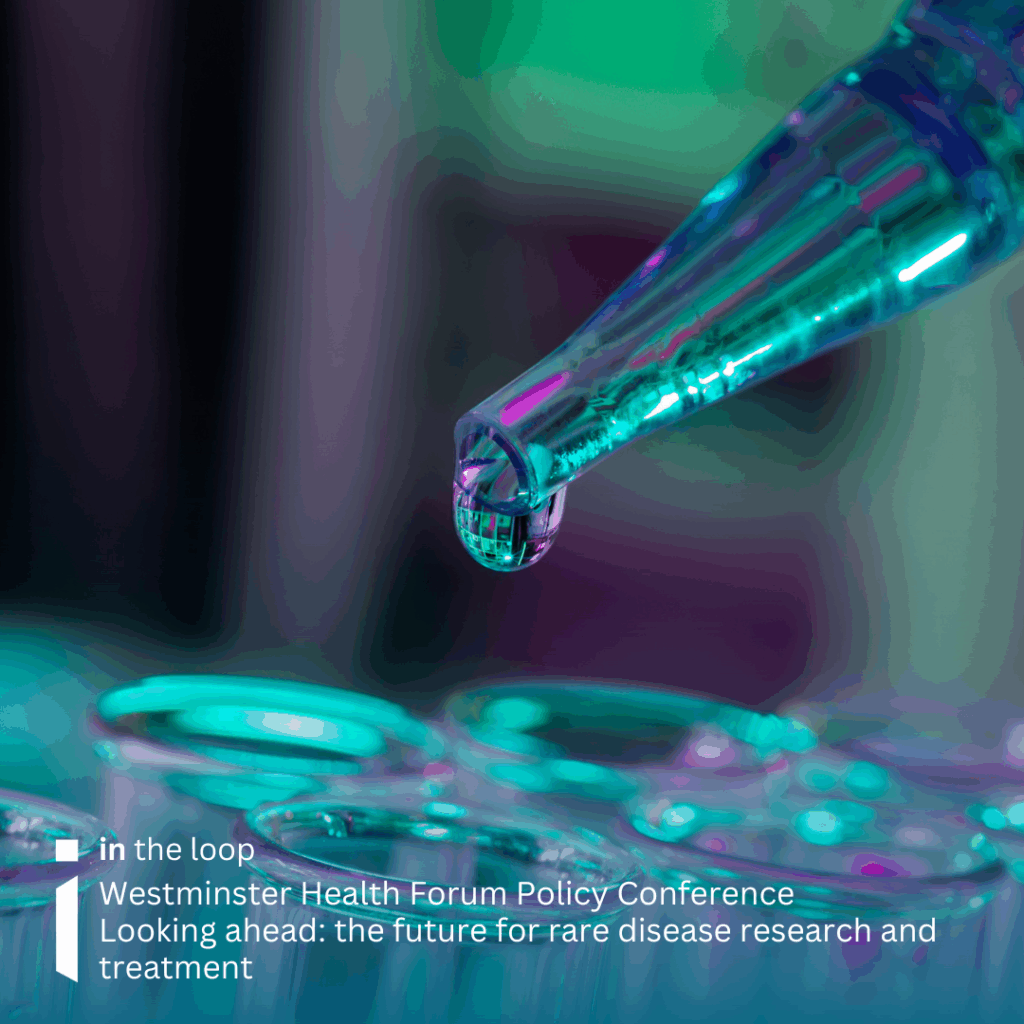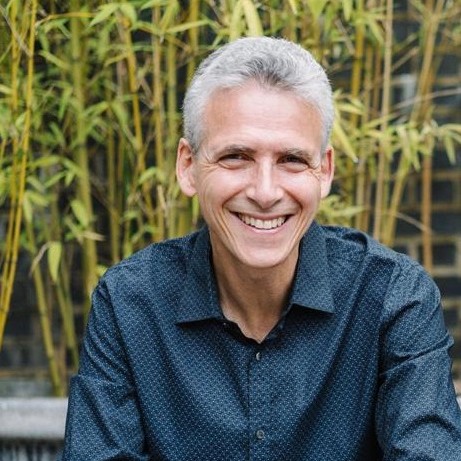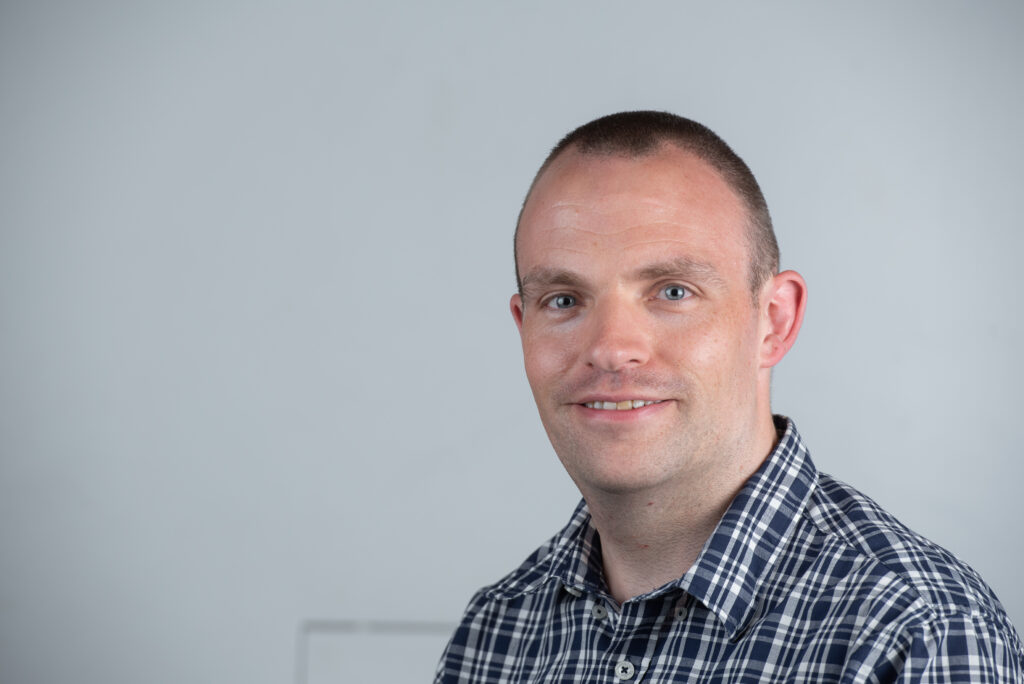Looking ahead: the future for rare disease research and treatment
Estimated reading time: 10 minutes

As we move into the final year of the UK Rare Diseases Framework, the Westminster Health Forum Policy Conference closed with a panel session on what’s needed to improve access to innovative research and personalised treatments
Dr Simon Lande, chief executive and co-founder of HealthLumen, began by highlighting that identifying the true scale of rare diseases is surprisingly difficult.
Closing the data gap
“But the exciting news is the increasing availability of large scale genetic databases and biobanks, as these offer new possibilities for closing the data gap and generating much more robust estimates,” he explained.
A useful starting point for identifying an accurate number of a rare disease patient population is to first consider how many causal pathogenic variants they are, then review how many people have a causal genotype for a particular rare disease.
To help with this, HealthLumen have developedAlleleAtlas,a free tool that helps the rare disease community find the information they need from gnomAD, the genome aggregation database. “This can give you an indicative figure of the carrier population for a particular condition,” Dr Lande advised.
Biobanks will also give information on the relationship between the rare disease genotype and phenotype to give an idea of how many people are symptomatic, he added.
“We recently worked on a rare cardiac condition and we recruited for this via Genomics England’s100,000 Genomes Project,” he told the conference. “The sample size included several hundred individuals including relatives. We took an analysis to characterise this group by variant class and by variant carrier status to produce an estimate of penetrance. With this estimate, we could relate it back to the carrier population to get the symptomatic figure to analyse those diagnosed with the disease.
“Obtaining these robust figures with rare diseases can be difficult because published estimates can vary widely,” he continued, “and diseases with subtypes may have limited epidemiology available. But accurate population statistics inform the entire molecule to market journey, so this information is critical.”

Reform of clinical trials regulation
One of three new actions added to the UK Rare Diseases Framework is action 38 which focuses on reform of the clinical trials regulations.
“We’re currently in a 12-month implementation period with the amended regulations expected to come into force at the end of April next year,” explained Stephanie Caird, a partner at law firm Mills & Reeve.
“It’s the first significant overhaul of clinical trials regulations in two decades and it aims to address some of the challenges that we’ve been facing in the clinical trial space. “For example, making sure that the benefits of clinical trials are brought to everyone, and creating a proportionate and flexible regulatory environment.
“This reform also aims to improve the UK’s standing on the global stage so it is attractive both for international research to be undertaken in the UK, but also in terms of aligning what the UK does with international standards. For example, so that our clinical trial protocols can align with what is required in the US or the European Union.”
It’s hoped this regulatory reform will also streamline the process for obtaining authorisation for clinical trials. There will now be a parallel review carried out by the ethics committee and the regulators to approve trials. Previously, the two stages would have been carried out separately and this often led to delays.
There will also be a need for increased transparency and changes to reporting requirements under the amended regulations. For example, sponsors will need to register their clinical trials with a World Health Organization (WHO) recognised registry. They will also be required to publish a study of the trial results within 12 months of the end of a clinical trial.
“One of the issues we’ve had historically is that clinical trials have not necessarily been published in one place,” Stephanie Caird told the conference. “So, by requiring that a WHO-recognised public register is used, this will hopefully mean this information is more readily available to clinicians and potential patients.”
Clinical trials themselves are also going to be a little more flexible. For example, safety or compliance issues within a trial will now be assessed by the regulators on a component only basis, rather than on a whole trial basis. This means the parts of a trial that are not affected will be able to carry on running.
“There’s also going to be the possibility to extend authorisations where there might be difficulties with patient enrolment,” she added. “This is going to be really important for rare diseases where you might have low patient numbers.”
Parent perspective
In a huge departure from his day job as a highly skilled software engineer, a rare disease parent spoke about the issues his community has faced with taking part in clinical trials.
Chris Bedford-Gay is dad to Oliver, a now 17 year old teenager, who is currently learning to drive. Oliver was just 12 months old when he was diagnosed with the rare genetic condition, fibrodysplasia ossificans progressiva (FOP). There are around 70 patients living with FOP in the UK and approximately 800 globally.
FOP Friends is a patient organisation for individuals and families affected by the condition, founded by Chris. It also funds research into potential treatments for FOP.
“We’ve managed to put over £1m into research since our founding and this includes early investment in gene therapy research at the University of Massachusetts (UMass),” Chris explained. “But it’s something that is currently at risk thanks to a certain president.
“When we talk of accelerating research and medicine development for rare diseases, while this should make a difference, I do question slightly how this aligns with some suggested changes to the highly specialised technologies (HST) pathway,” he said.
“As I read it, the proposal seems to suggest it is actually going to raise barriers to all but the first treatment for a particular condition. The reality is, if a treatment that isn’t even the best already exists, future work might be seen by industry as not worth investing in.”
Chris shared an example of a current situation his community is facing to illustrate how this could easily become problematic.
“We have an okay treatment that was approved in some countries, but it’s the next round of treatments that will hold the game-changing hope for our community,” he told the conference. “The question is will this raise a barrier for our industry partners to continue to invest in us. We’re not sure at the moment.”
He also expressed concern around a lack of understanding of how clinical trials impact on rare disease communities. For example, when patient numbers are small.
“We are lucky enough to have four active trials currently with more potentially on the horizon. But we have a global community of 800 patients, so how can we possibly fill all those trials?” Chris asked.
“Perhaps we can think instead of how we could run trials for multiple treatments in a single trial with a shared placebo. This could help to reduce the number of patients that could be needed. Another suggestion could be to better leverage natural history studies and patient registries.”
Multi-treatment clinical trials
While patient organisations such as FOP Friends may be able to alert their communities about rare disease clinical trials, not everyone will be aware of research opportunities they could participate in. This is something Dr Martin Higgs, an associate professor for genomics and rare disease at University of Birmingham, considered in his session.
“How do we link trusted data environments in the NHS with the kind of rare disease registries that a lot of the charitable organisations run—this could help with finding patients for a trial,” he suggested. “It would also inform where we could advertise relevant trials to patients.
“What could also help is streamlining trials delivery across multiple sites in the UK,” he added. “For example, if we could use a template such as the Musketeers Memorandum for clinical studies. It would increase efficiency as when an NHS trust signs off on a trial design, it could then be adopted across multiple trusts without having to go through individual regulatory hurdles.”
He also told the conference he would like to see rare disease gene therapy and N=1 trials being incorporated into novel trial design. “This would really build on some of the clinical trial expertise that we have in other areas such as in paediatric cancer, where basket trials or trials involving multiple therapies are funded by a mixed model of different pharma companies. I think this could actually help.”
But the question is how pharma companies could be persuaded to invest in multi-funder models in rare disease, he added. “If we could have multiple companies investing in a clinical trial on a group of phenotypically-linked diseases, I think this could really accelerate rare disease research.”

There is a final audience question on how issues that affect rare disease clinical trials could be overcome.
“From a patient’s perspective, there needs to be a tolerance around the data that can actually be generated with such small communities,” Chris responded. “There needs to be an understanding of that—it doesn’t feel like it currently feeds into approval processes.”
Validating endpoints that are used to confirm the data that is later published can also be difficult, shared Dr Bruce Bloom, chief collaboration officer at Healx, and chief science officer at the Kabuki Syndrome Foundation. Alex, his nephew, has fragile x syndrome (FXS) and Alex has been in four clinical trials. Yet, none of these therapies have ended up being brought to market.
“It’s one of the hardest things in the rare disease space and it’s one of the reasons why there is no therapy for FXS,” he explained. “In the US, the Food and Drug Administration (FDA) has not validated a single endpoint in a clinical trial that is useful. Part of the issue is that boys with full mutation FXS cannot self-report, and the FDA doesn’t believe parent-reported or clinician-reported outcomes are valid enough.”
Dr Bloom suggested introducing wearables and objective data gathering might be helpful in establishing some outcome measurements in clinical trials. “This would then allow rare disease therapies to develop the kind of quality data that is necessary to get regulatory approval.”

in the loop lets you stay informed with all the latest issues from the world of RARE. To access more in the loop articles click below.

